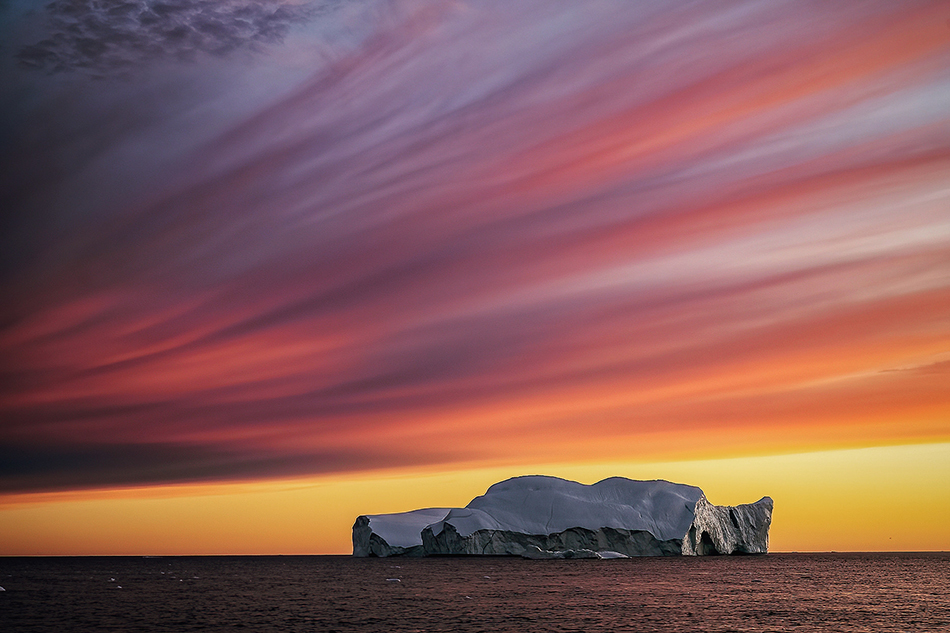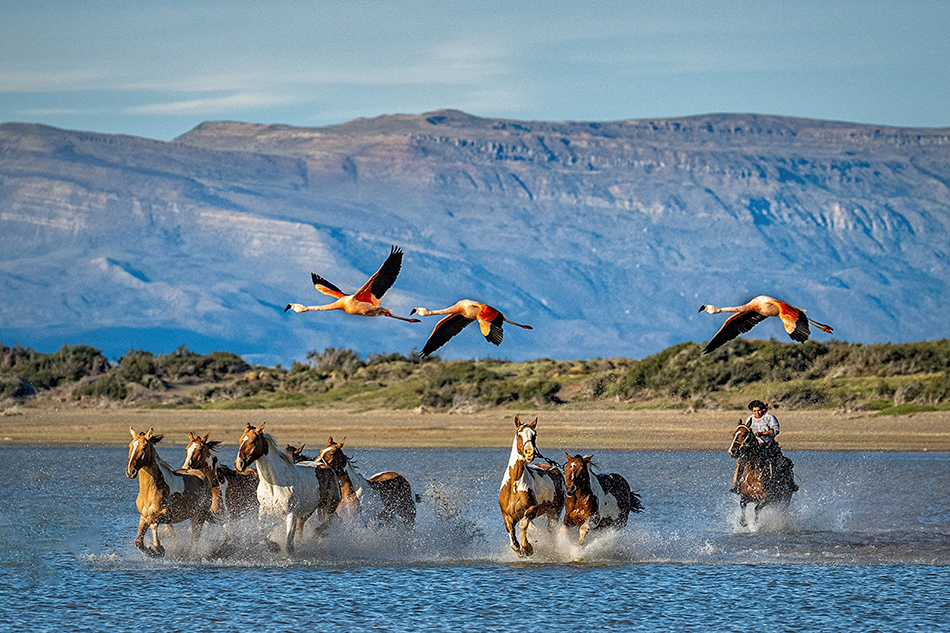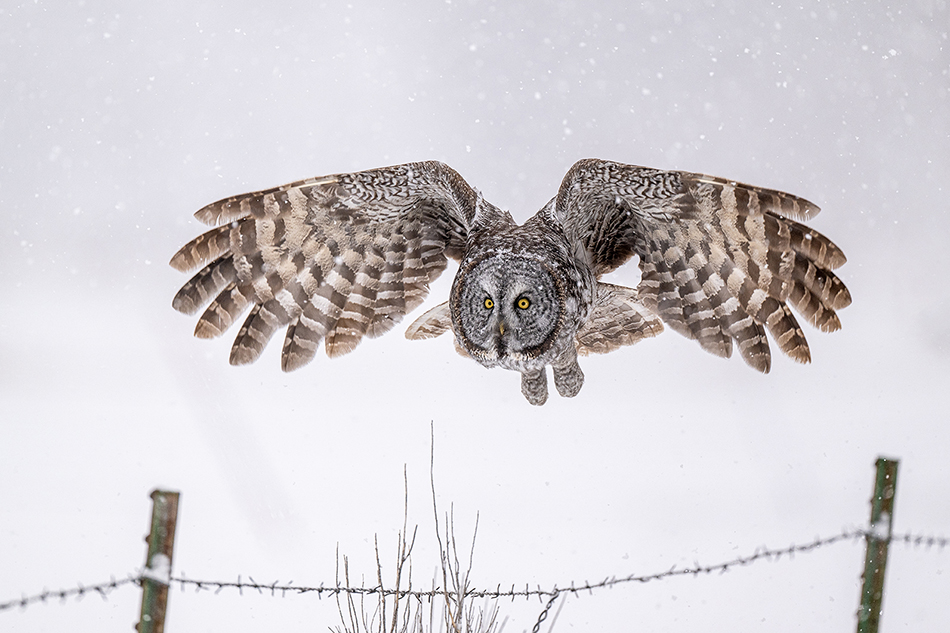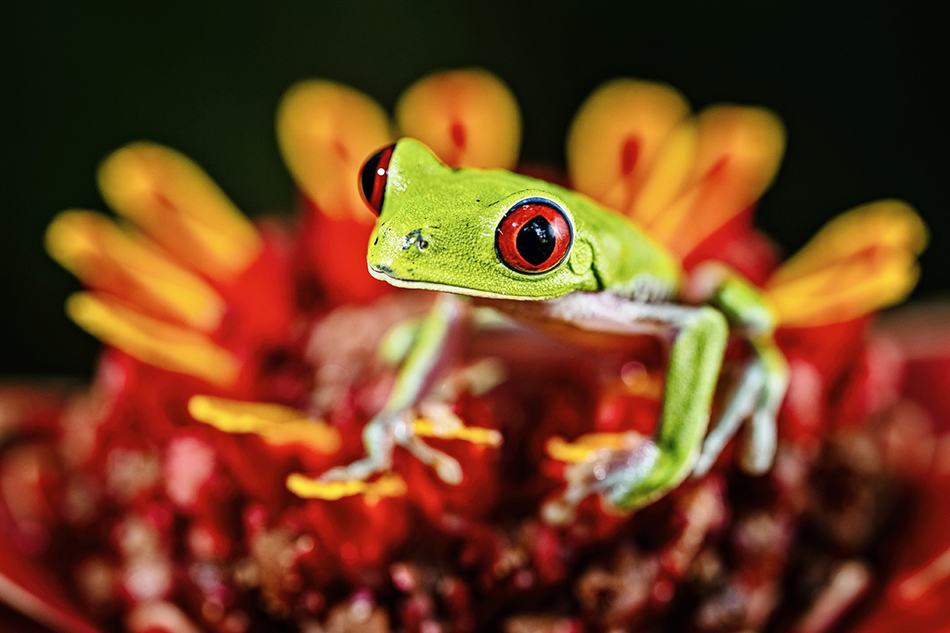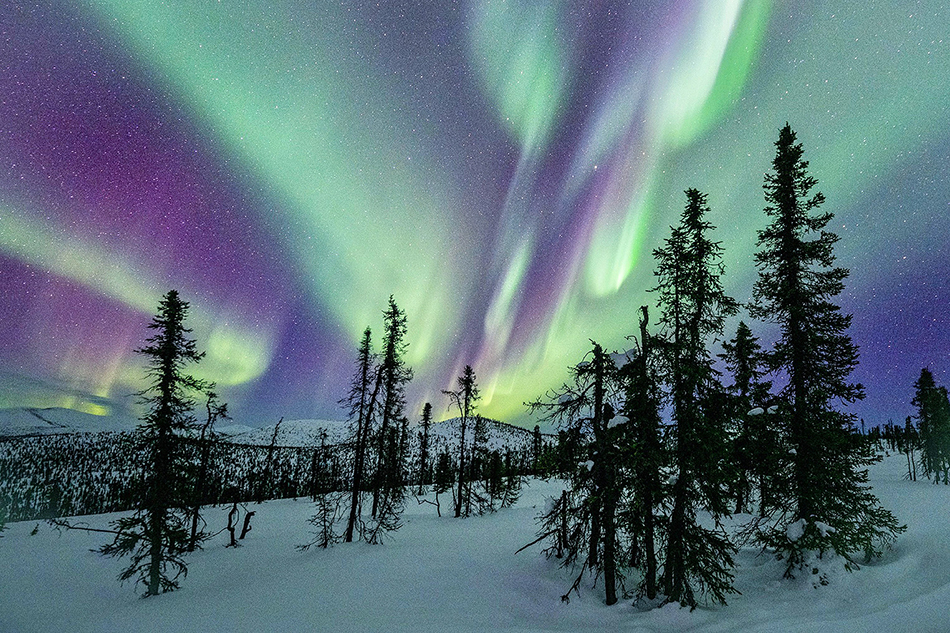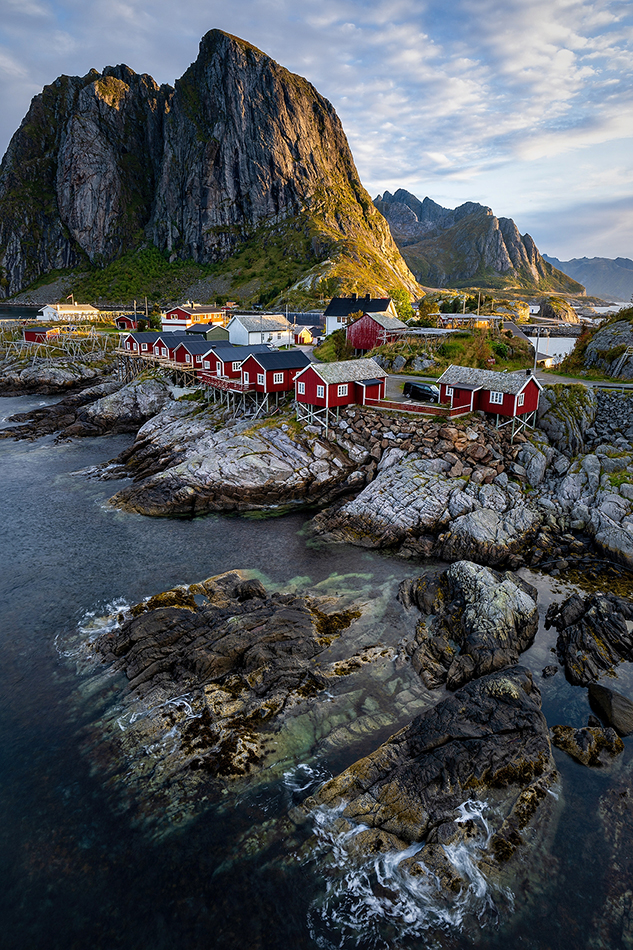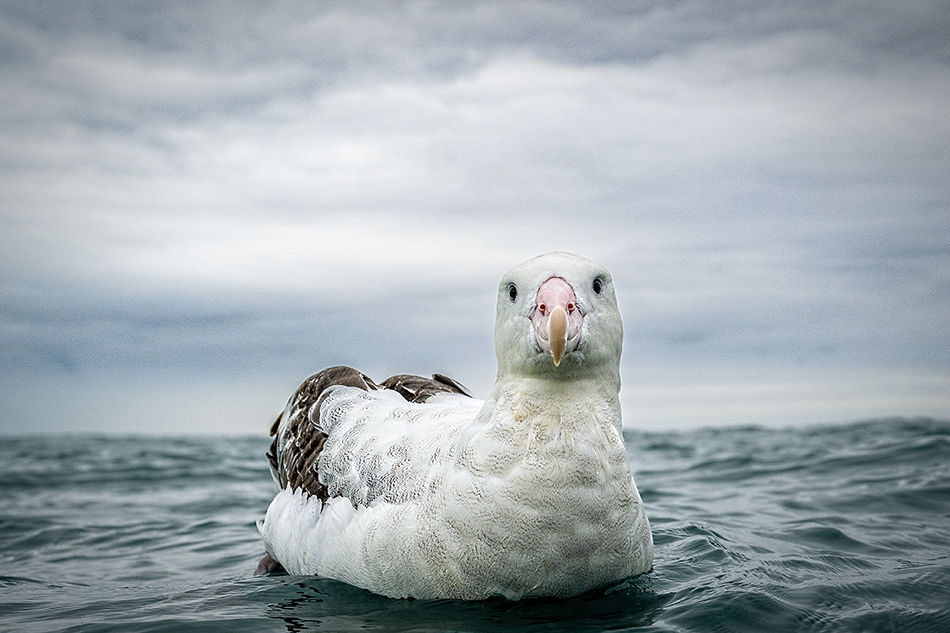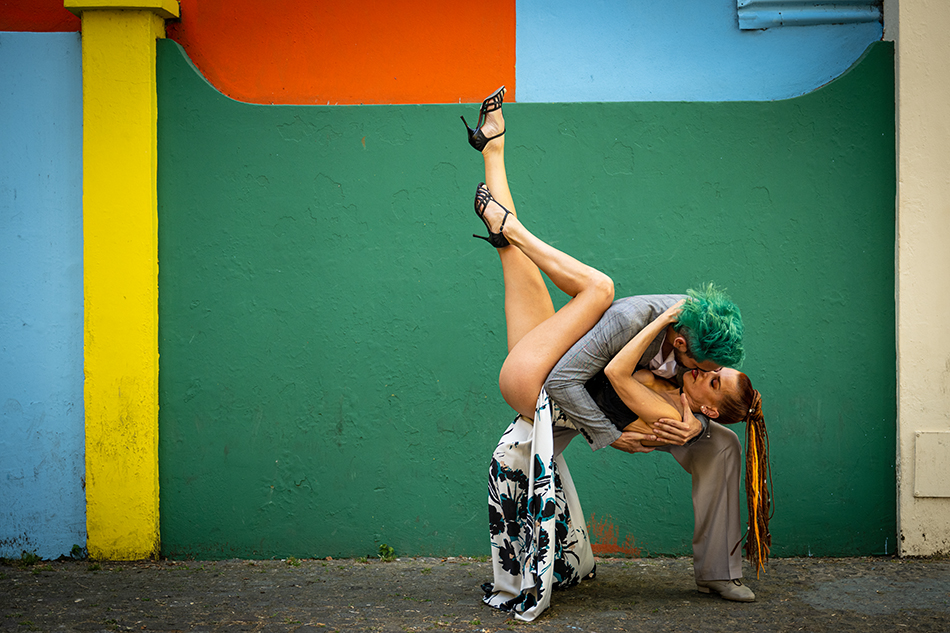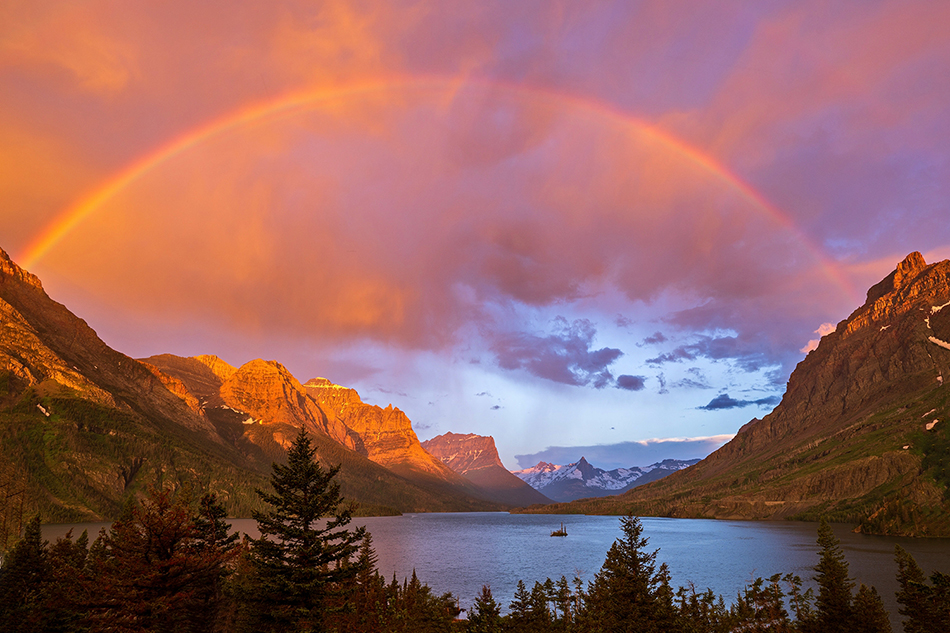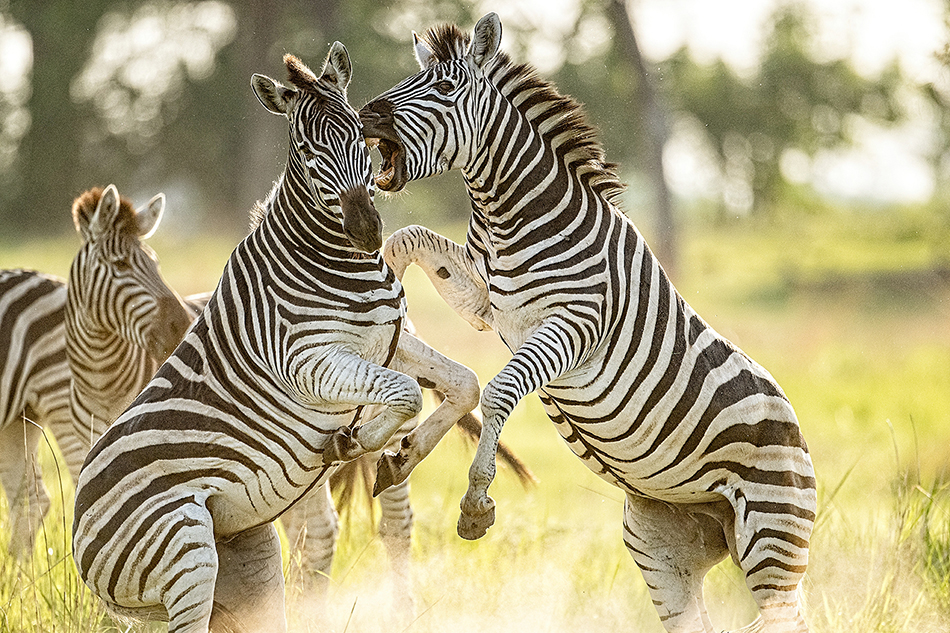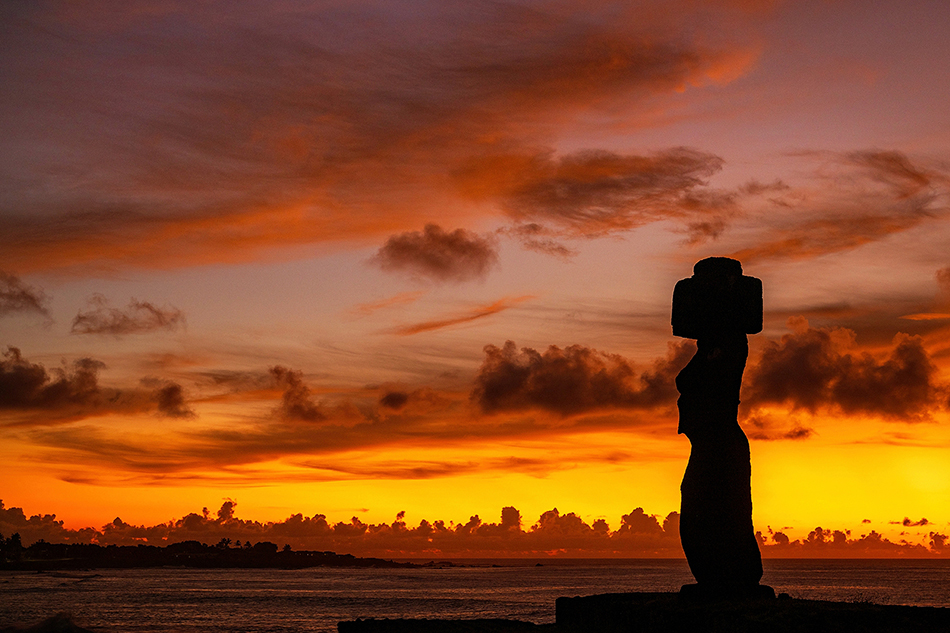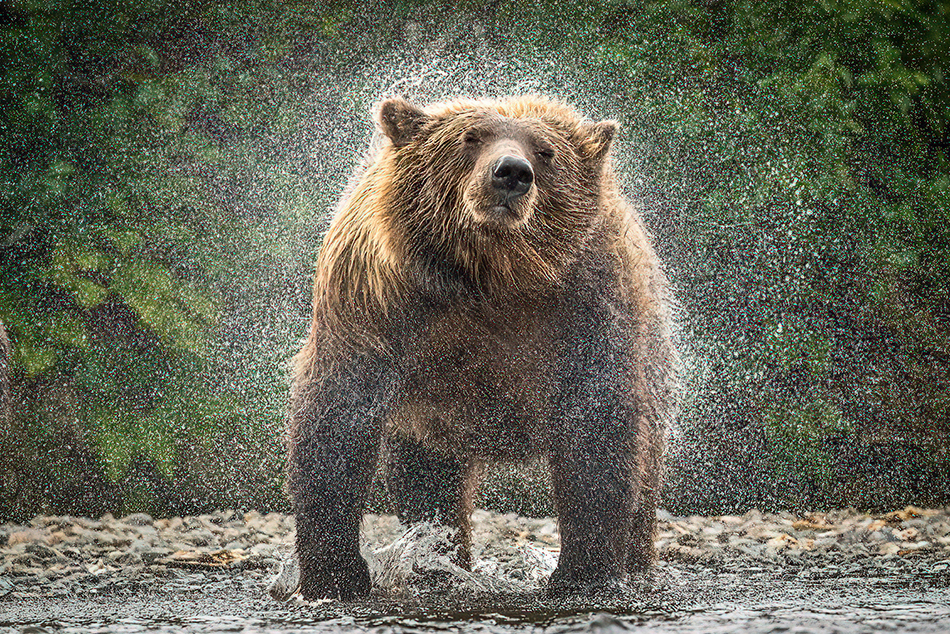
Good things are happening at Nikon right now. They continue to bring innovative, game changing photography equipment to the market. Just take a look at my blog posts from the last year highlighting the lenses and cameras they have introduced. Two new wildlife/sports lenses, the 400mm F2.8 and 600mm F4 Z with built in teleconverters, have changed the way I shoot. They cost a lot, but Cree and I spend much of our year photographing wildlife, especially birds, so they are invaluable.
But let’s not forget the incredible, lightweight 800mm F6.3 PF lens. If you told me I would be hand holding a F6.3 800mm and getting sharp photos a year ago I would have said you are crazy. And yet last year I did just that…in the Galapagos I didn’t use a tripod once, and shot around 20,000 images hand holding the 800mm. Tack sharp tropic birds in flight…no problem.
Along with this amazing glass came a camera to match, the Nikon Z9. This was Nikon’s first flagship mirrorless, and it was worth the wait. There are volumes of internet discussions about the Z9, brand comparisons, autofocus observations, buffer notes. I spent the morning reading bloggers comparing systems from Canon, Sony and Nikon. Each one came up with a different result in terms of performance. What this tells me is Nikon’s Z9 has leveled the playing field no matter what camera brand you use. Getting the shot at this point is more about the photographer and understanding their particular camera.
I took a look at my metadata in Lightroom, and wanted to see how many images I have taken so far with the Z9. The official number was 323,507 images. But that doesn’t take into account the thousands of images I delete from wildlife shoots. So I’m sure I am well over 350,000 images using the Z9. And with Cree blazing away right beside me, I’d imagine we are over the half million mark for Z9 images.
I frequently get asked about my impressions of the Z9. Since I teach over 20 workshops a year, I learn a lot from participants using the Z9, what questions they have, their frustrations…and what they like. I also get to see the Z9 get beat up a lot…dropped on the ground, dunked in the ocean, frozen in the snow. So what follows are some of my observations from personal use and watching others. Maybe I can help answer a few lingering questions about the Z9.
Learning the camera. The biggest point of frustration I saw with the Z9 last year wasn’t about the camera’s performance, but more about photographers learning a new system, especially those coming from a DSLR. The Z9 prompted many Nikon DSLR shooters to make the switch, which was the right choice. The Z9 performance is simply far superior than any DSLR. But for some participants the complex menus were frustrating, especially learning which autofocus mode to use for different situations. This camera, like any advanced mirrorless camera, takes time to learn the menu settings. I still experiment in the field to see if I can find a new mode for some situations. And let’s not forget if you like those tried and true DSLR autofocus modes like single point, you can use them on the Z9. But for me 3D autofocus with either animal or people detection is my default.
Also, some photographers were coming from a 20MP camera like the D5 to a 45MP camera like the Z9. Noise performance is always better on a lower MP camera, so this caused some discussion as well. If you came from a Z7 or D850, both 45MP, then noise performance was about the same. My advice to those getting into the mirrorless and the Z9 is to practice, practice, practice. Any time Cree and I are home between trips we spend hours in our backyard bird blinds photographing birds. We want to know every little detail about the Z9, and the only way to get there is shooting all the time. And stay tuned for firmware updates like Pre-Release, you keep getting more incredible features in this camera.
Size, shape and weight. I love the built-in vertical grip of the Z9 (if you find yourself accidentally hitting the shutter button here just switch it off). The ergonomics are better than you can get attaching an additional grip, and the weather sealing and durability is enhanced. I accidentally dunked my Z9 into the ocean photographing albatross in New Zealand (okay a big wave came and I didn’t see it). I just wiped off the saltwater and kept shooting. A camera with attached vertical grip probably would have died. The grip includes a larger battery that lasts all day long. I rarely bring a second battery during a shoot, the Z9 battery just keeps going and going with still photography. Even using the Z9 for long aurora exposures at -25 F in Fairbanks I didn’t drain the battery. With this battery and grip comes weight, which is one thing many folks wished was less. Coming from a D5/D6 the Z9 is smaller but a few ounces heavier, but I hear you. Stay tuned for the Z8 which should include many of the features that make the Z9 great. Also, some have mentioned the flash card door is tough to open. This is true, perhaps future designs will solve this.
I have to mention how fantastic the Z9 is in cold weather. Cree and I spend months in Alaska and winter shooting conditions every year, it is just a great season for photography. My hands don’t stay as warm as they used to, and I’ve tried about every glove/mitten combo you can imagine (see my blog posts). But due to the size and extensive button layout on the Z9, I can actually shoot this camera with warm, toasty mittens on my hands. This is huge for me. We are photographing the Iditarod in a few weeks in Alaska for an assignment, and -20F and colder is the norm. Bring it on, the Z9 will be perfect.
Autofocus. This is one of the biggest questions we get on our workshops. Please refer to my earlier blog posts on what focus modes work best in different situations. Also, I find setting up the F1 and F2 buttons to other modes gives me three autofocus modes at my fingertips without ever having to take my eye away from the camera. And for me, I will change button functions depending on the specific situation; there isn’t one perfect ‘do all setting’. I may set my back button to 3D, F1 to Wide Area Large and F2 to single point autofocus. But if I am tracking birds in the sky or with clean backgrounds I often use Auto-Area autofocus for my back-button. I should also point out in my experience shooting side by side with other photographers using other brands that each camera has situations that fools autofocus. I think a lot of photographers hear how incredible autofocus is, buy their new mirrorless camera (any brand), and expect 100 percent perfection all the time. Unfortunately it isn’t true, but on the other hand the autofocus is incredible, and your keeper rate will skyrocket. It just takes time to learn the modes and best patterns. I have been shooting portraits with the Nikon 50mm F1.2 at F1.2, and I get tack sharp eyes every time using Auto-Area with people detection. Before the Z9 I always worried shooting wide open apertures like F1.4 because I would miss autofocus on the eye. Not anymore.
Frames per second/pre-release/buffer. Another point of conversation is frames per second of the Z9. 20FPS RAW, 30FPS full size Jpeg, and then even choices of 60 FPS and 120 FPS at smaller file sizes. Personally I only shoot 20 FPS for the fastest wildlife action. More likely I am shooting at 10FPS so I don’t fill up my CF Express card. However, I love the Z9 Pre-Release at 30 frames a second in jpeg. This allows me to capture moments I miss by going back one second in time. No more lightning triggers for me! And finally I can get those bird flight shots I always seem to miss.
You also see endless buffer tests on the internet with mirrorless cameras. It’s true, some flash cards will give you better performance than others. But also ask yourself just how relevant this is to you. I can’t remember the last time I held the shutter down so long that my buffer filled up…this will vary depending on the card you use and your shooting habits. One thing the Z9 got right…two CFExpress card slots. If you shoot two cards with one backing up the other, or even as overflow, you can only shoot as fast as your fastest card. I don’t want a slow SD card slot paired with a CFExpress card slot using a high frame rate camera.
EVF. One of the things we love the most about mirrorless is the viewfinder…what you see is what you get. Nikon and the Z9 took this to new heights with no mechanical shutter and a dedicated system to duplicate DSLR viewing in an EVF. Much was made of the resolution of the EVF, but was it that important? And how many cameras stayed at a consistent resolution instead of jolting between different resolutions depending if you were shooting or reviewing images? I’ve looked through about every mirrorless camera on the market, and I can tell you the Z9 EVF is fantastic, colorful, bright and beautiful. If feels like a DSLR, and starts up quicker than any other camera I’ve seen. Some other cameras do have higher resolution EVFs, but there is more to it than just that. You be the judge…take a look through your Z9 and then look through your friend’s camera…take a few rapid bursts…turn it on and off…review images both in the EVF and on the LCD (resolutions vary dramatically), then decide which EVF you like the most. We have found teaching workshop participants that sometimes it is just better for them to compare and make their own decisions rather that read what others say about it. You might be surprised at the results.
One question that comes up a lot is how to turn off the EVF in the Z9 so it doesn’t reflect settings you have set for exposure. This is especially important shooting portraits. You might want to set your background exposure in manual mode so that the scene is dark. But if your EVF shows you darkness you can’t compose or focus. On the Z9 (custom settings menu) choose D9 View Mode, choose Show Effects of Settings, and choose only when flash is used. With Adjust for Ease of viewing just leave it set to auto. Now, when you have a flash attached (and turned on!), the EVF will be bright and you can focus…even though your manual exposure will create a black background. Another way to do this is just turn on Starlight View (D10) to ramp up the light gathering of the EVF…great for night shooting.
Final Thoughts. The point of this post was hopefully to provide some tips to Z9 users, and for others just to hear some reflections on using this camera. It isn’t meant to say this camera or that one is better, they are all fantastic. Honestly I love camera talk, learning about all the systems out there, and watching how photography is so quickly evolving. It is fabulous for Cree and I to watch our workshop participants have so much success in the field using the advanced features of today’s cameras. I picked up a Nikon FM in 1982 as a freshman journalism student. I remember being amazed at its capabilities, I was so proud of that camera! Wow have times changed…
